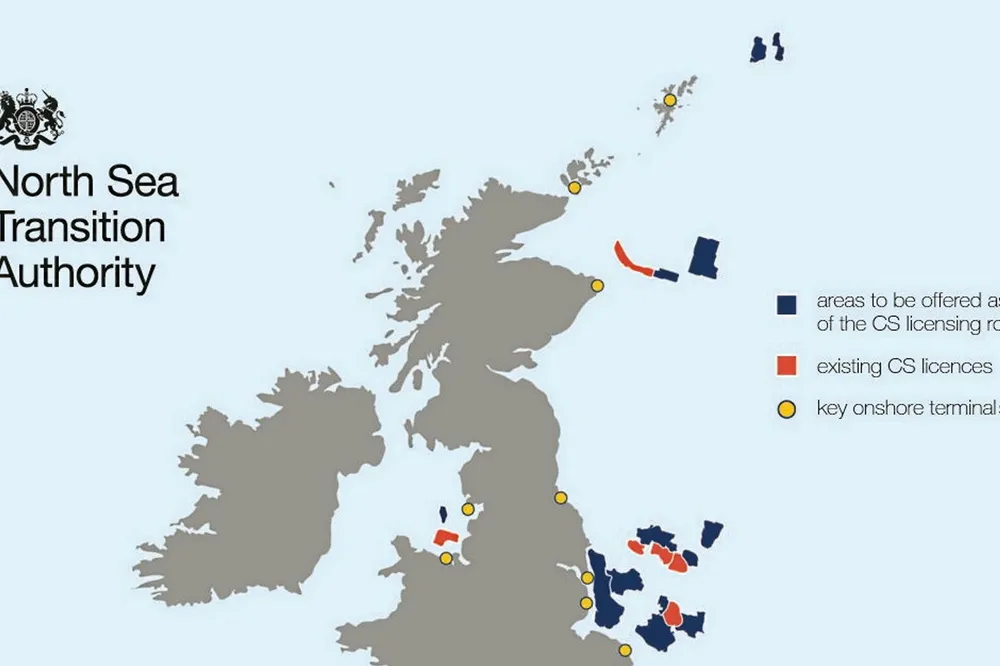UK launches first-ever carbon storage licensing round
Areas could contribute to government’s ambition of four clusters to store up to 30 million tonnes per annum of CO2

Areas could contribute to government’s ambition of four clusters to store up to 30 million tonnes per annum of CO2
